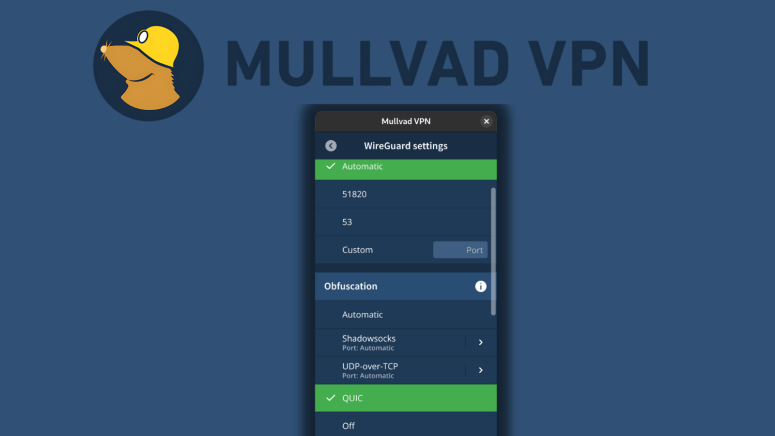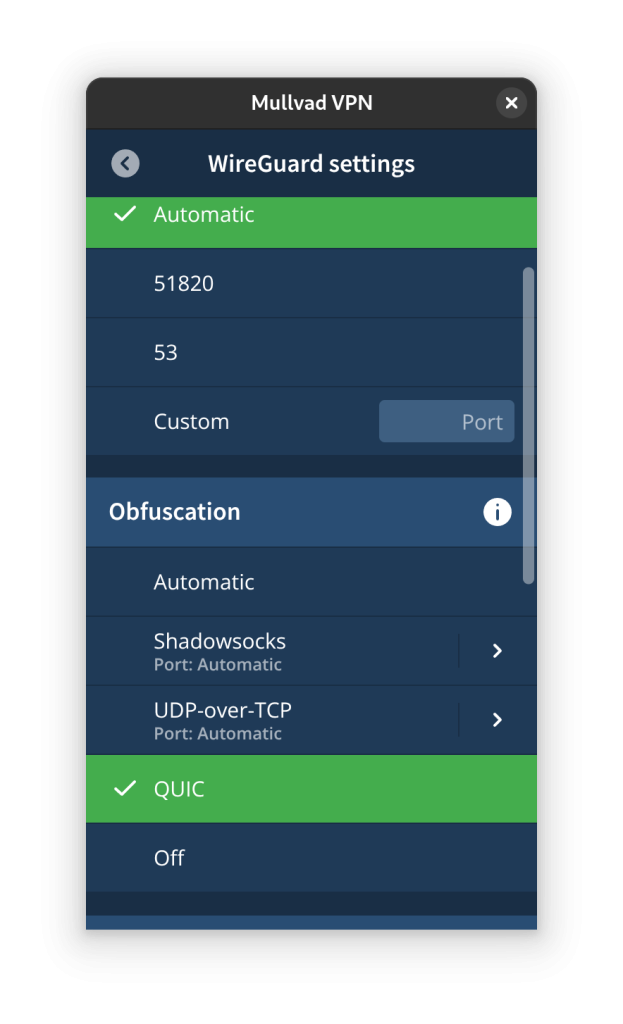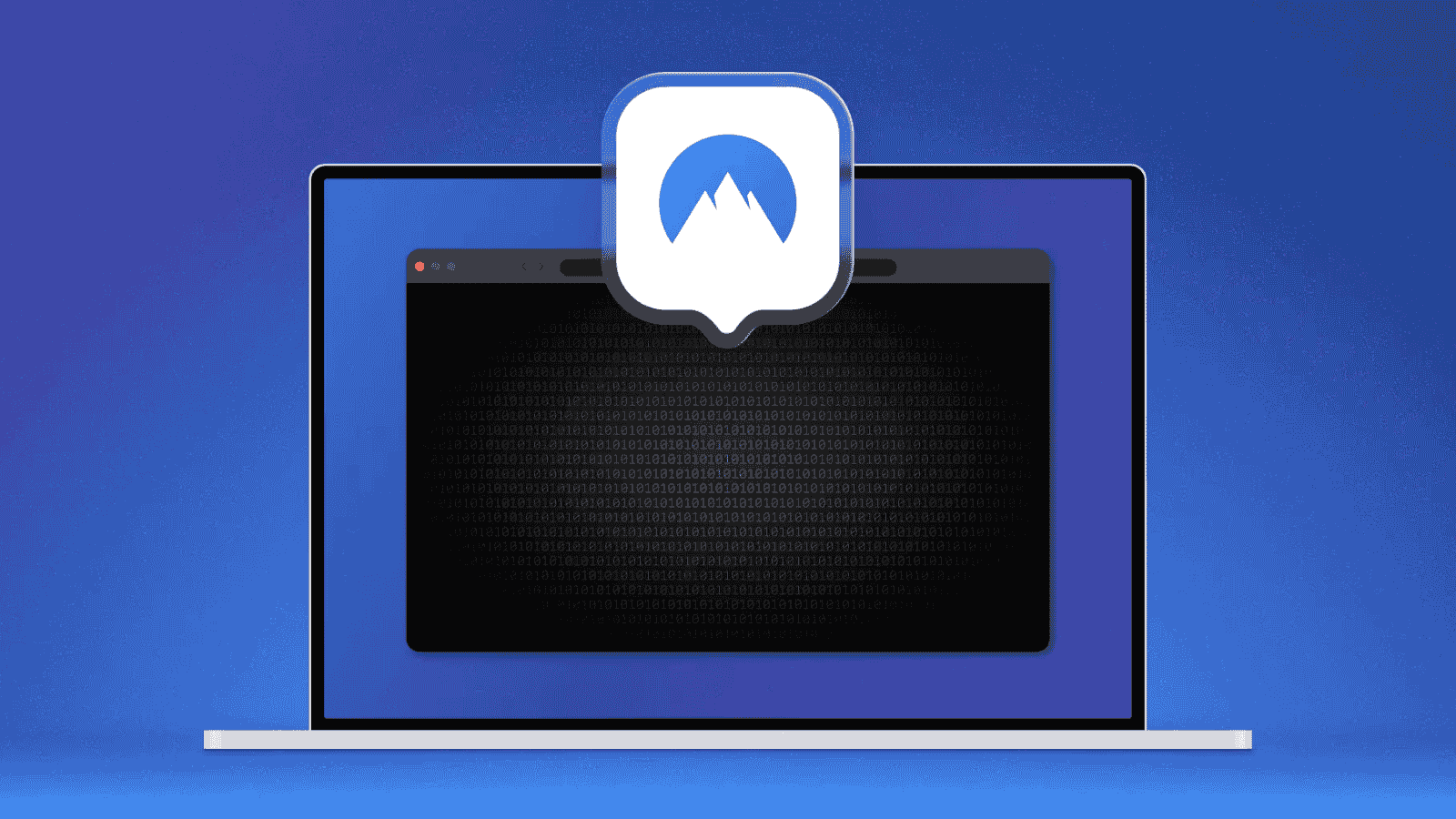
Mullvad VPN Launches QUIC Obfuscation for WireGuard to Help Users Beat Internet Blocks
- New Feature Launch: Mullvad VPN introduces QUIC obfuscation to make WireGuard traffic harder to block.
- How It Works: QUIC tunnels VPN traffic through HTTP, disguising it as regular web browsing.
- Availability: Feature live on desktop version 2025.9, with Android and iOS updates coming later.
Mullvad VPN has rolled out a new obfuscation method for WireGuard connections, designed to help users bypass firewalls and internet censorship. The feature, called QUIC obfuscation, is now available on all desktop platforms, with mobile support planned for future releases.
What is QUIC Obfuscation?
QUIC obfuscation works by tunneling WireGuard traffic through the QUIC protocol, making it more difficult for firewalls to identify and block. This approach is particularly useful in countries or networks where WireGuard traffic or other obfuscation methods are restricted.
The feature is based on the MASQUE protocol (RFC 9298), which proxies UDP traffic through HTTP. To network censors, the traffic appears to be ordinary web browsing, as HTTP is rarely blocked at the state level due to its importance for global internet access.
By disguising VPN traffic as regular HTTP activity, Mullvad adds another layer of resilience to its existing WireGuard protocol, which is already known for being fast and secure.
How to Enable QUIC Obfuscation
To use QUIC obfuscation, users must update to at least version 2025.9 of the Mullvad VPN desktop app. The company confirmed that Android and iOS versions will add the feature in future updates.
With default settings, the app will automatically attempt QUIC obfuscation after several failed connection attempts. Users can also configure it manually by following these steps:
- Go to Settings → VPN Settings → WireGuard Settings → Obfuscation → QUIC
- Or run the command in terminal:
mullvad obfuscation set mode quic
A screenshot shared by Mullvad shows where the QUIC option appears in the app interface.
Why Mullvad QUIC Obfuscation WireGuard Matters
QUIC is a fast, lightweight transport protocol based on UDP and is already becoming a standard as the web transitions from HTTP/2 to HTTP/3. By integrating QUIC obfuscation, Mullvad is making its VPN more reliable in regions with heavy censorship and more adaptable in restrictive environments.
Earlier, Mullvad declared that it would soon end support for OpenVPN. The company now says the update is aimed at improving usability for customers in such conditions and invites feedback from users who try the new feature.














